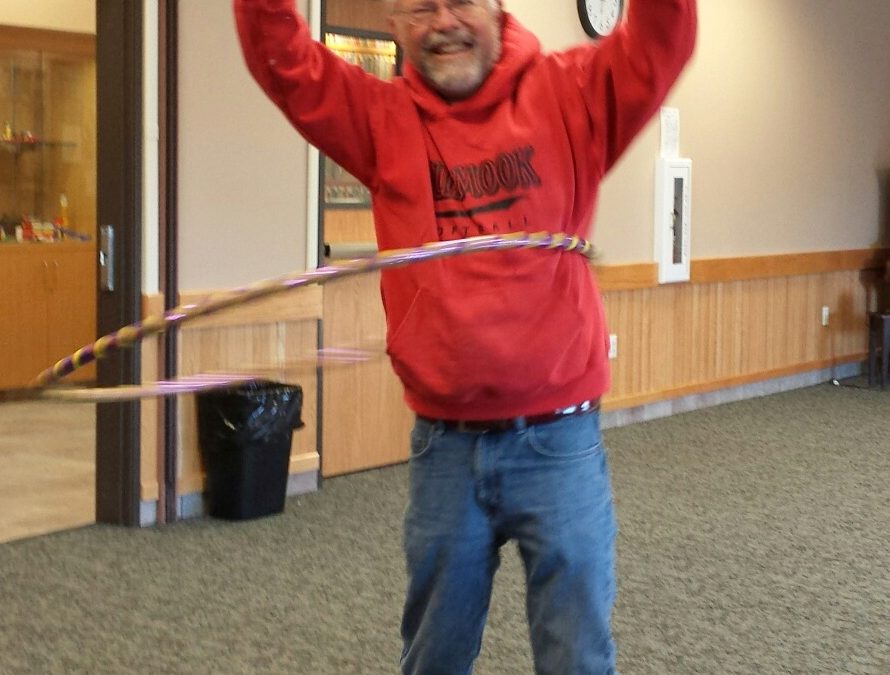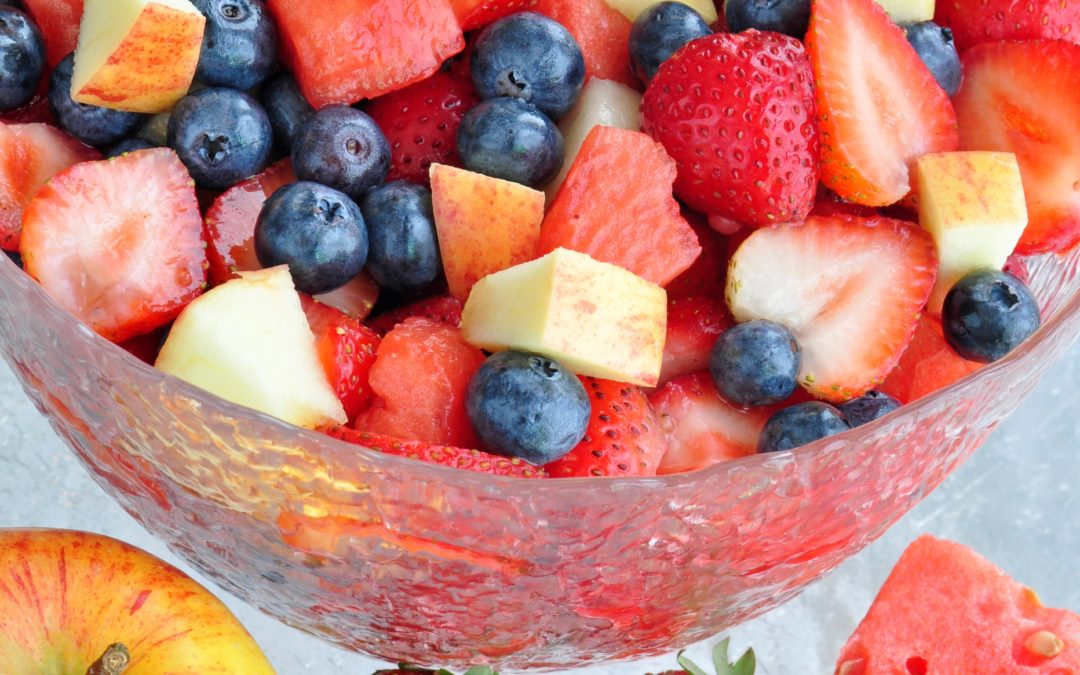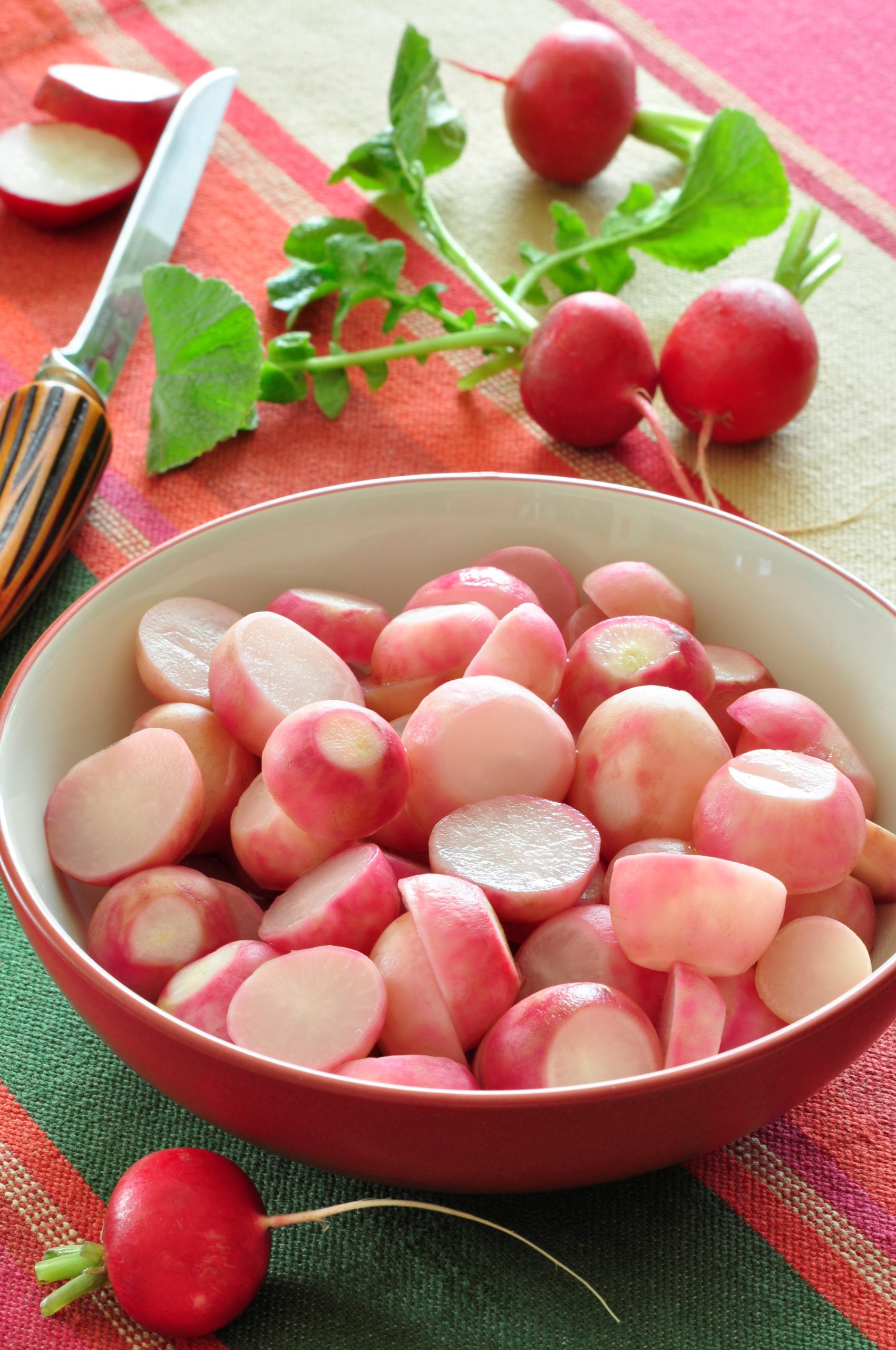
by Michelle | Sep 20, 2018 | Why I'm In
The Tillamook County Wellness “Why I’m In” interview series highlights our community partners and what has inspired and motivated them to work toward the common goal of improving community health.
“WHY I’M IN …” Interview with County Commissioner Bill Baertlein
How did you come to be involved in the Year of Wellness, now Tillamook County Wellness?
Baertlein: When I was first elected as county commissioner, I noticed there was a lot of competition and siloed work between our local health care and mental health care agencies. Everyone was – and is – doing good work but it wasn’t having the impact we would all hope to see. My initial thinking was that, maybe, if we had one project, where we could all work together, we could make a difference in community health.
In 2014, I attended a community-wide strategic planning session hosted by Adventist Health. It was there, in a breakout session on Chronic Disease Prevention, that I floated the idea of having a “Year of Wellness.” People were very receptive to the idea. From there, I reached out to Marlene Putman, our County Public Health Administrator, and asked her to help bring the idea to fruition.
What, if any, changes have you seen come about as a result of this work?
Baertlein: Intuitively, I see more people out walking. People seem to be talking about health more and in ways that show they are more aware of the benefits of healthy living. I can’t put it into numbers but that is something we hope to track as we move forward.
What have you learned from being involved in this work?
Baertlein: I have learned that all our community organizations really do want to collaborate. Despite the inherent competition among some agencies, there is a willingness to set those things aside and work toward a common goal. This is something really remarkable.
Personally, I have learned to change my own eating habits. I have always been a walker but I knew I needed to eat better. This has given me the motivation to improve my habits.
What are your hopes for this work as it relates to you/your organization?
Baertlein: My hope is that, 20 years from now, we will see the changes we have started will have led to improved lifestyles and a decline in chronic disease rates. This is the difficult part of public service. We don’t always see the results of our work right away. The changes in policy we make now, often affect things way out in the future. Prevention is a long-term investment. Of course, we want to help people right now. We need to be compassionate. But we also have to be strategic with how we invest our limited resources.
Do you have anything else you would like to share about this work as it relates to changing population health in Tillamook County?
Baertlein: This has been a lot of fun. It has been very satisfying to look back and see the changes we have initiated. We are building something from the ground up. It is something we can all be proud of.

by Michelle | Sep 20, 2018 | Recipes
Recipe and photo from www.FoodHero.org
Number of servings: 8
Time for preparation (including preparation and cooking): 20 min
Ingredients:
1 cup watermelon, diced
2 cups strawberries, sliced
1 cup blueberries (fresh or frozen/thawed)
1⁄2 cup apple, banana or pear, diced
2 teaspoons lime juice
2 teaspoons honey or brown sugar
Directions
- Place watermelon, strawberries and blueberries in a serving bowl.
- Add your choice of diced apple, banana or pear. Gently mix well.
- In a small bowl combine lime juice and honey. Pour over fruit and toss to coat.
- Refrigerate leftovers within 2 hours.
Notes
Honey is not recommended for children under 1 year old.

by Michelle | Sep 20, 2018 | Why I'm In
The Tillamook County Wellness “Why I’m In” interview series highlights our community partners and what has inspired and motivated them to work toward the common goal of improving community health.
“WHY I’M IN” Marlene Putman, Administrator, Tillamook County Health & Human Services Department
What drew you/your organization to Tillamook County Wellness?
Putman: For me, Tillamook County Wellness is both a professional and personal calling. This has allowed some of my own personal beliefs to take root within our organization as well as for me as an individual. Overall, I’ve always been very healthy. However, my experience of having Polycystic Kidney Disease and a kidney transplant has impacted my health. The effects of medication and work stress have had a huge impact on me both mentally and physically.
Working in healthcare has actually been very unhealthy for me. As healthcare providers, we tend to think about everyone else’s health and not our own. This work has helped me think more about how I can become more healthful.
Before becoming a County Commissioner, I asked Bill Baertlein, “If you could have an impact in health services, what would you do?” That’s when we talked about doing a “Year of Wellness.” It was an opportunity for us to work together to influence community health in a positive way.
What, if any, changes have you seen come about as a result of this work?
Putman: Community awareness has been raised around the importance of your own health. I believe people are thinking more about their health and what they can do to improve it. They are more aware of what they are eating and of becoming more active, as well as drinking more water and striving to get enough sleep.
In my work place, we have talked about our internal policies. Do we have a healthy meeting policy? Are we thinking about the need for people to stand and move while they work? Are breaks long enough for people to go for a walk? Do people feel supported? I know that we have purchased a lot of standing desks in the last several years! And, we have learned that having an internal champion pushing these changes from within is important.
Personally, it has reminded me to build in time to just move more. I try to walk to meetings, get up and talk to people. I have revisited my work schedule and am learning how to scale back where I can.
What have you learned from being involved in this work?
Putman: I have learned that people need time to process and think about the health behavior changes they can make before they can or will make those changes. This is true for organizations as well as individuals. In theory, we know what we need to do but we have to consider how we will actually act on that knowledge.
I’ve realized that we all have perceptions about what we think it takes to be healthy. It is easy to judge ourselves and feel like we are falling short. The question is, does this make me feel better? That’s the important thing.
What are your hopes for this work as it relates to you/your organization?
Putman: I hope we really do succeed in changing attitudes about what it means to be healthy. And not just attitudes, but actions.
My hope is that, organizationally, and maybe even within the County, we support and encourage employees to exercise, provide time to exercise throughout the day, and/or offer a Y membership to employees, like other businesses.
I also hope to see more youth involvement. We need youth involvement as they will be impacted by health behaviors that are being established today. Youth voices in policy development are critical to future changes in the schools and community.
I am hopeful that organizations will continue to work together and support each other, like having fun walking challenges.
What are your hopes for this work as it relates to changing population health in Tillamook County.
Putman: My hope is that we reach our goal of reducing risk factors for Type 2 Diabetes and that we can measure our impact. It feels good to be hopeful and look at the possibilities, rather than the impossibilities. Everyone has hopes and dreams. This is about giving people hope, regardless of what their circumstances are. Having a positive attitude is half the battle.

by Michelle | Sep 14, 2018 | Recipes
Recipe Source: Recipe and photo from www.FoodHero.org
Number of servings: 4
Time for preparation (including preparation and cooking): 35 min
Ingredients:
4 bunches of radishes (30 to 36 radishes)
1⁄2 cup water
2 Tablespoons sugar
1⁄2 teaspoon salt
Directions
- Wash radishes and remove stems and roots. Cut in half or quarters.
- In a medium saucepan or skillet, bring water, sugar and salt to a boil.
- Add radishes and reduce heat to simmer. Cover and cook until radishes are tender and can be pierced with a fork, about 5-7 minutes.
- Uncover and cook until liquid reduces to make a shiny glaze. Serve warm.
- Refrigerate leftovers within 2 hours.
Notes
- Radishes are also tasty in a stir-fry or green salad.
by Michelle | Sep 14, 2018 | Why I'm In
The Tillamook County Wellness “Why I’m In” interview series highlights our community partners and what has inspired and motivated them to work toward the common goal of improving community health.
“WHY I’M IN” – An Interview with David Butler, President, Adventist Health Tillamook Regional Medical Center
What drew you into the Year of Wellness, now Tillamook County Wellness?
Butler: Wellness is a movement I personally believe in. I like feeling good. This is a personal commitment that my wife and I have made to each other and to our children. We want to have a fruitful life and enjoy each other and our family and friends for as long as we can.
From a faith-based perspective, I believe God created these amazing bodies, this machinery, that can take care of itself if we are putting the right things into it. I think it’s to our advantage to understand what works for each of us. What may work for one person, may not work for others. In general, though, there are best practices we can follow and that’s what we are doing here.
As an organization, I have always been in favor of “well care” rather than “sick care.” That’s why I love Tillamook County Wellness. It’s focusing more on long term health. We know we can prevent Type 2 Diabetes. There is so much evidence out there. We are almost negligent if we don’t do this.
What, if any, changes have you seen come about as a result of this work?
Butler: I am seeing more education, more marketing. I think a lot of this is just about education – people understanding that they can have hope and that there is a way out. Demonstrating how they can feel better and how they can eliminate some of the ailments they’ve had.
Our CHIP program is a great example of how we are changing health. We have had 500 residents go through the program since it started. That’s 10% of the city’s population! People lose weight, their health improves and they feel better. The results we have seen have been amazing.
On the healthcare side, I am seeing excitement on the part of some of our providers. I like that this is about more than one organization. We are seeing prejudices, walls and barriers coming down by educating, communicating and partnering.
What have you learned from being involved in this work?
Butler: I’ve learned that you need to have thick skin and be persistent; that, if you stay the course and don’t give up, you can achieve quite a bit. People will get on the bandwagon and provide resources and help. I’ve learned that, when you get a lot of people changing, you get everyone’s attention and then even more people want to become part of the movement.
What are your hopes for this work as it relates to you/your organization?
Butler: My hopes are that we see more businesses and organizations support this. By that I don’t just mean going to meetings but contributing resources and money. I’d also like to see civic organizations and mom and pop businesses supporting this within their organizations. We are not talking about expensive changes in lifestyle habits. We aren’t talking about running a marathon here. We are talking about tweaking things. It’s about getting outside for fresh air and sunshine. My family bought a trampoline and we are all using it. It’s great for our health and it’s fun.
Another hope is that the food and restaurant industry in our county jumps on the bandwagon and starts offering more healthy options. Maybe even offering special “approved” menu items that align with our wellness efforts. We are stepping up in our own hospital cafeteria, intentionally offering healthier options in the ingredients we serve.
What are your hopes for this work as it relates to changing population health in Tillamook County.
Butler: If I think about taking that “big swing” it would be to see Tillamook County meet the criteria of a Blue Zone, places where people are living longer, healthier lives as whole population. We know there is a link between lifestyle and chronic disease and mental health but what are we doing about it? Wellness means reversing a chain reaction. If we can change our lifestyles, we can reduce disease, depression and even suicide rates.




